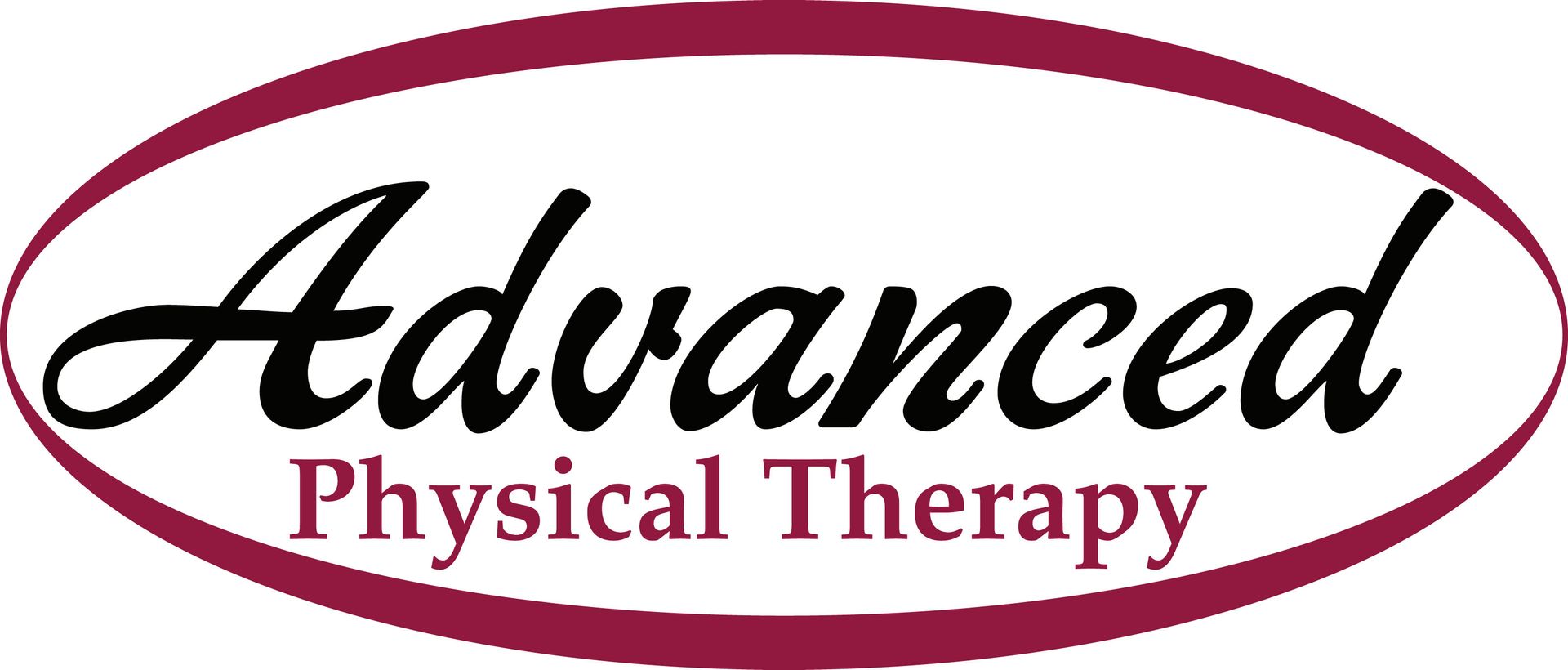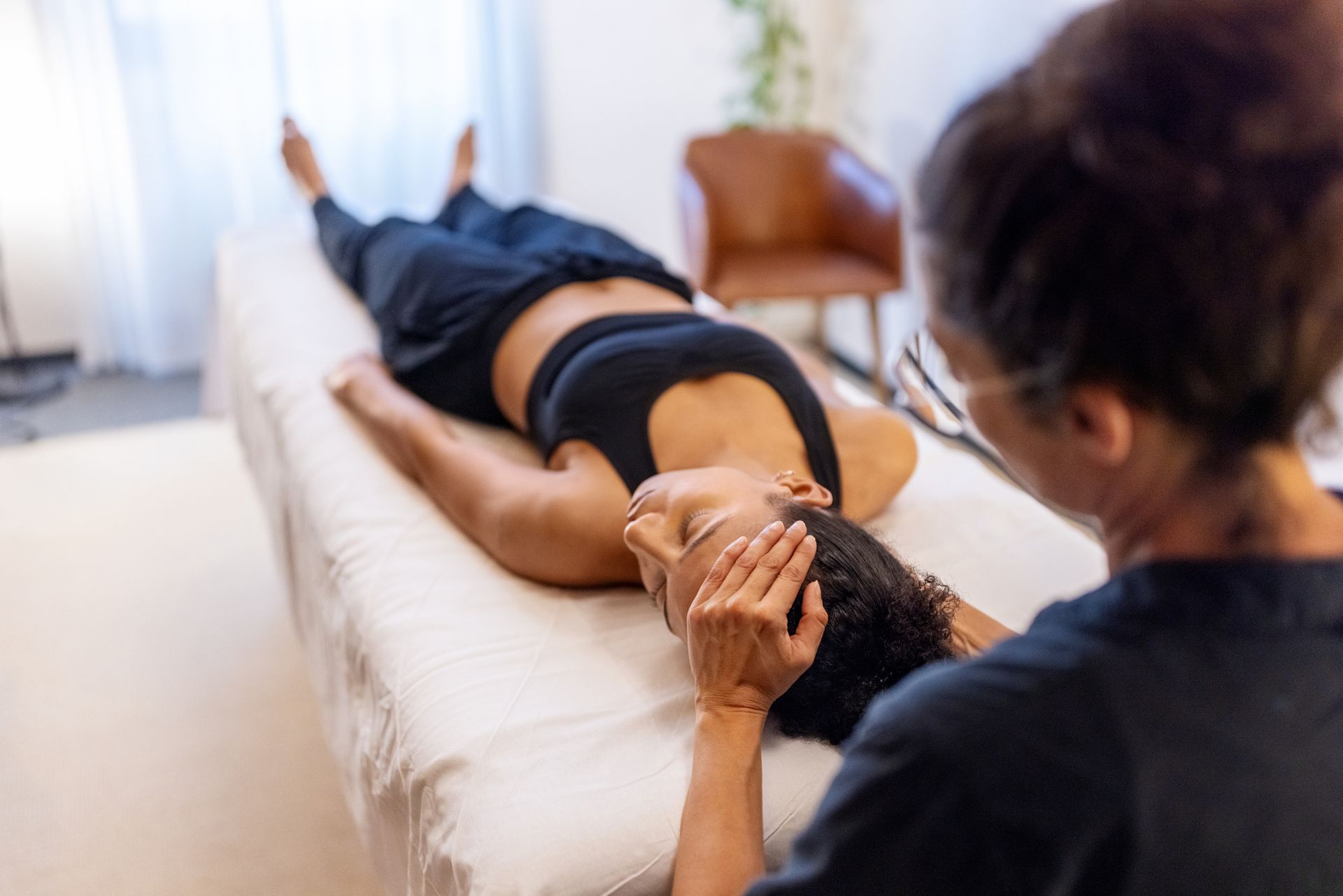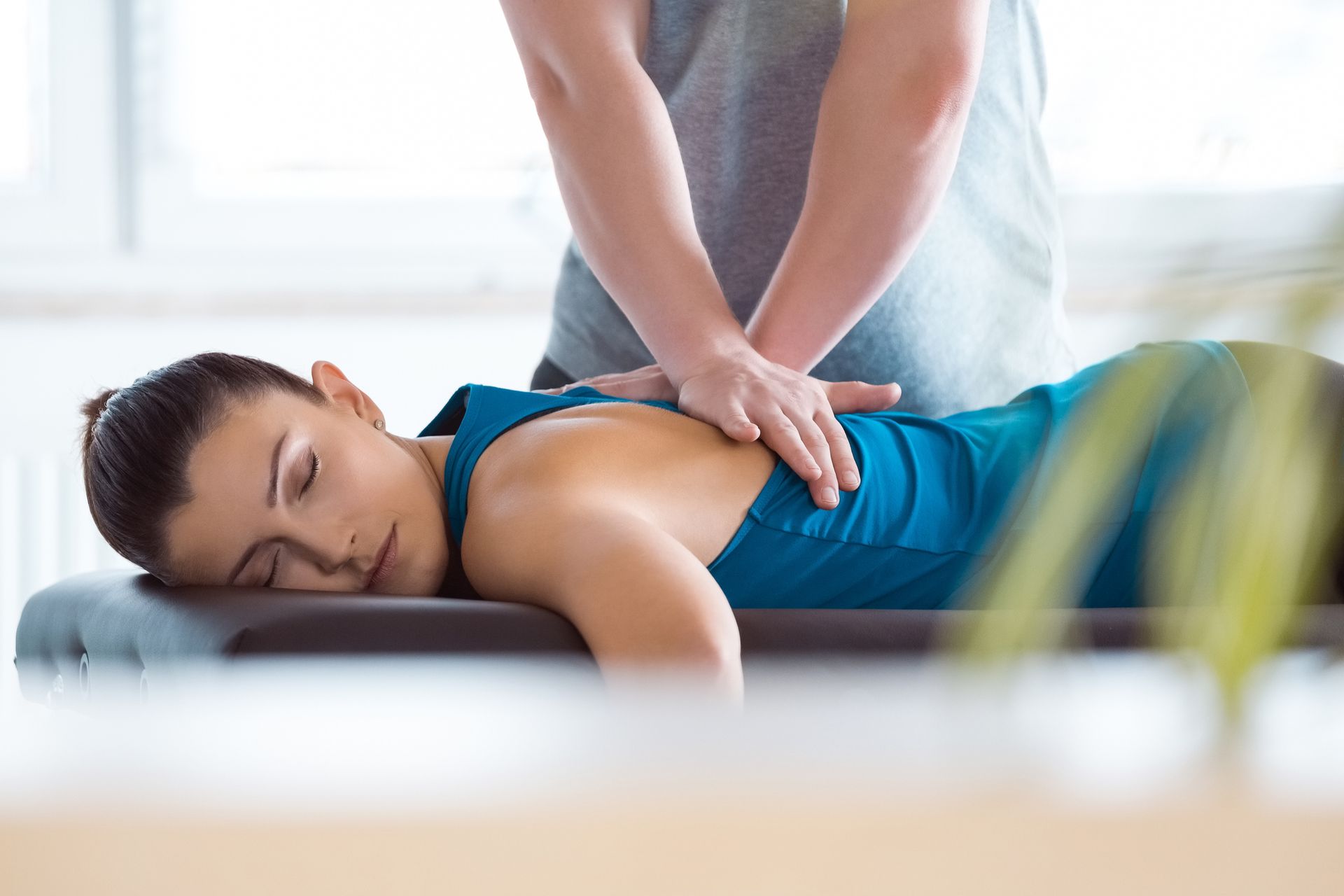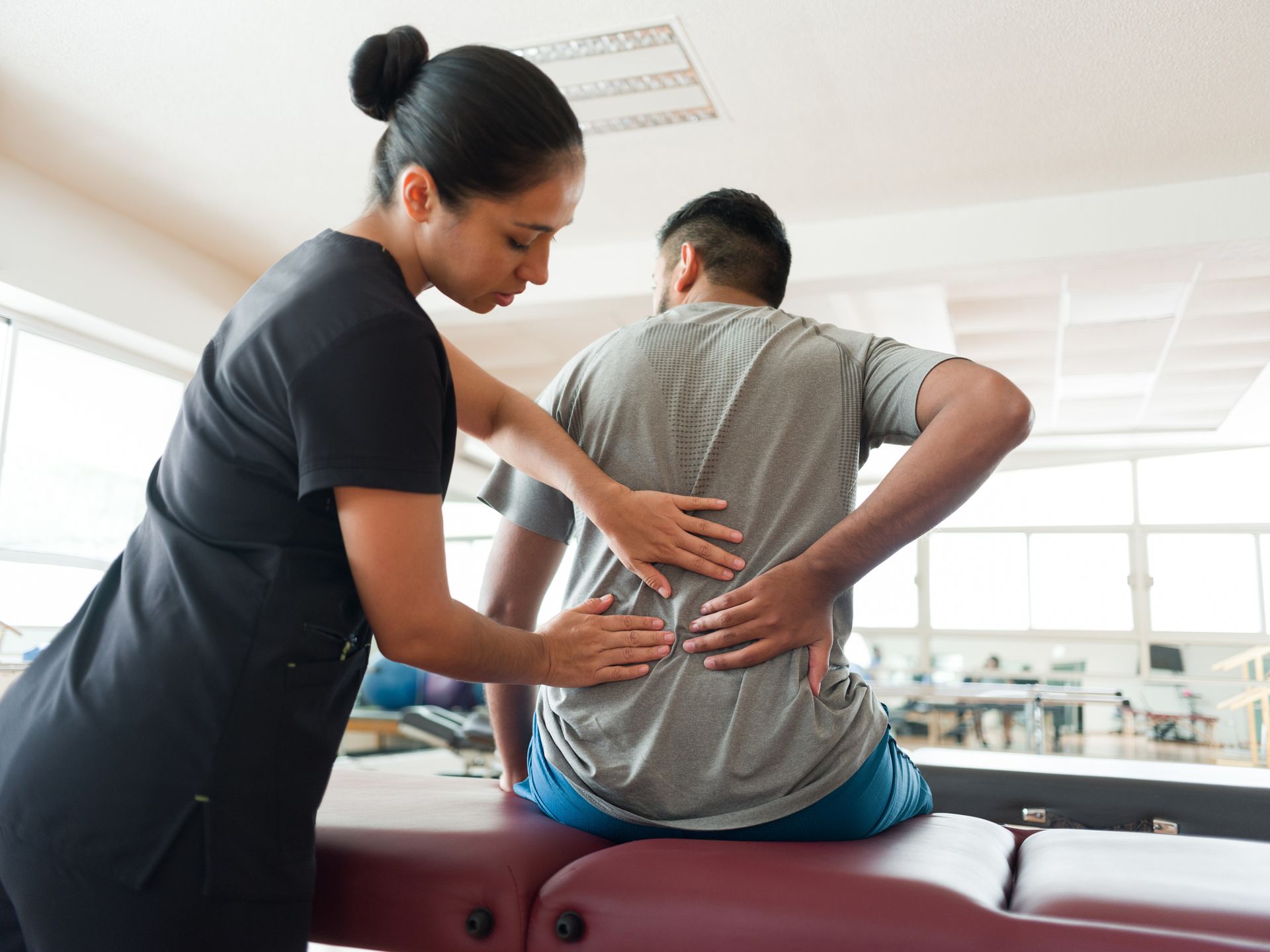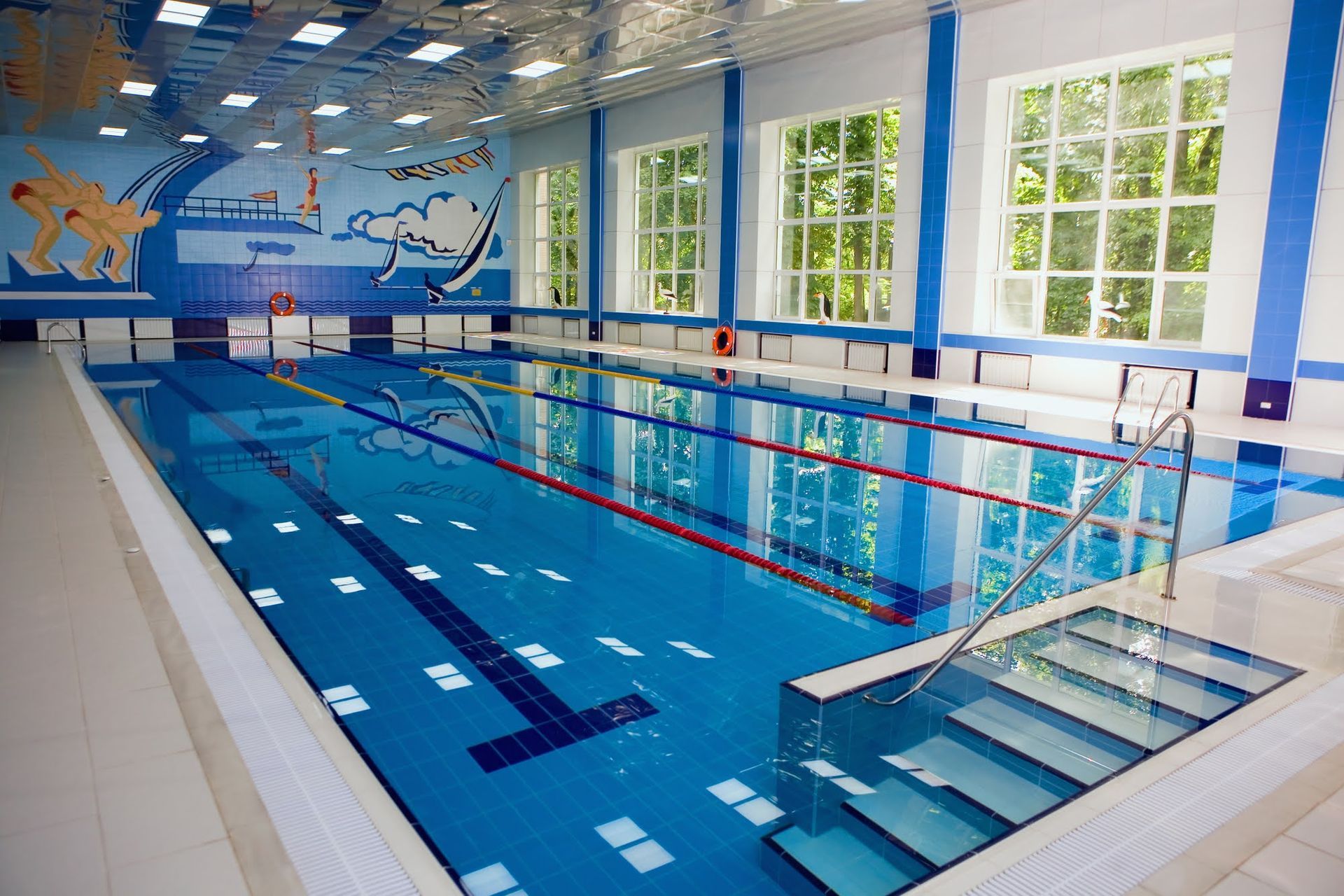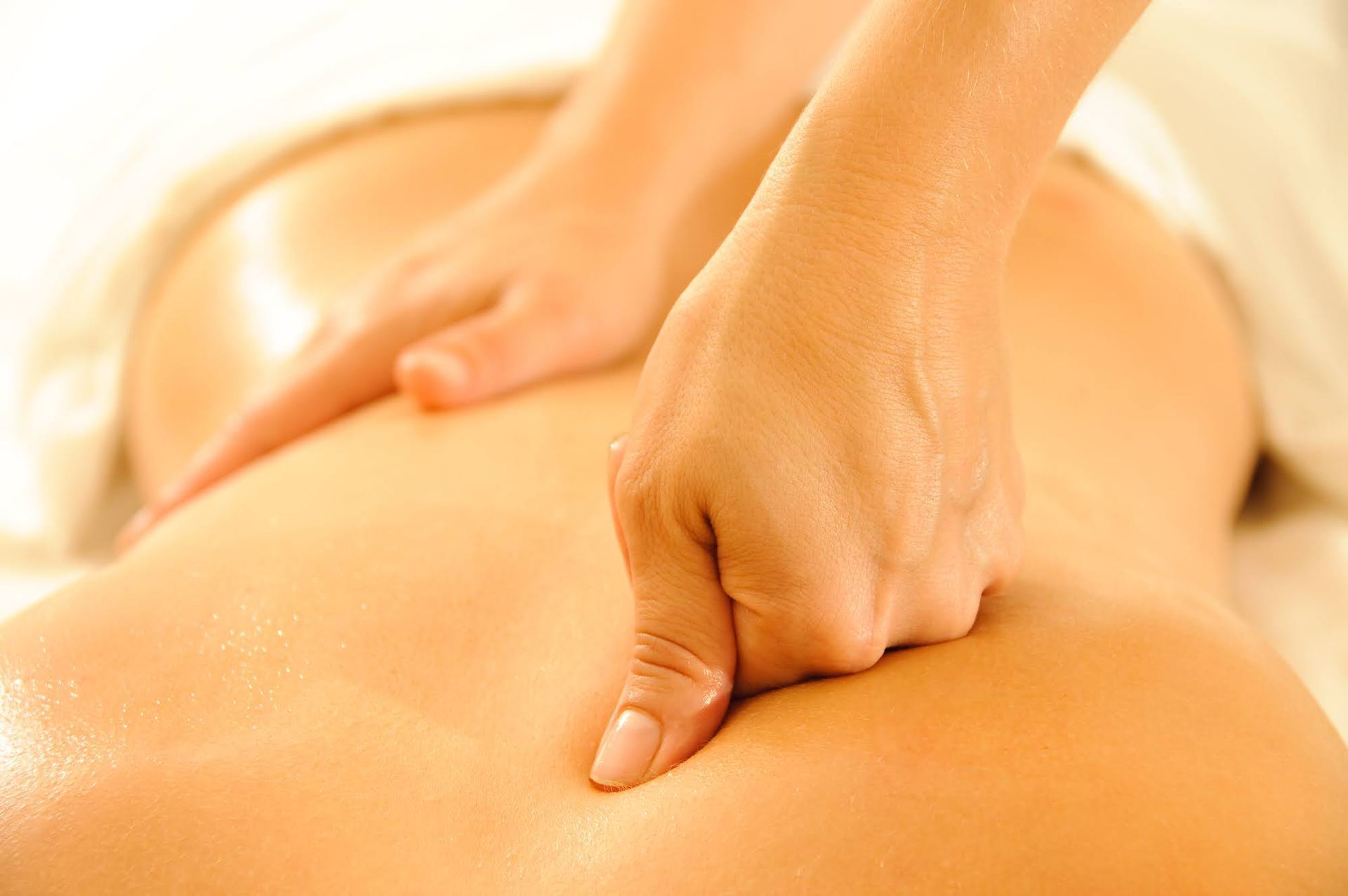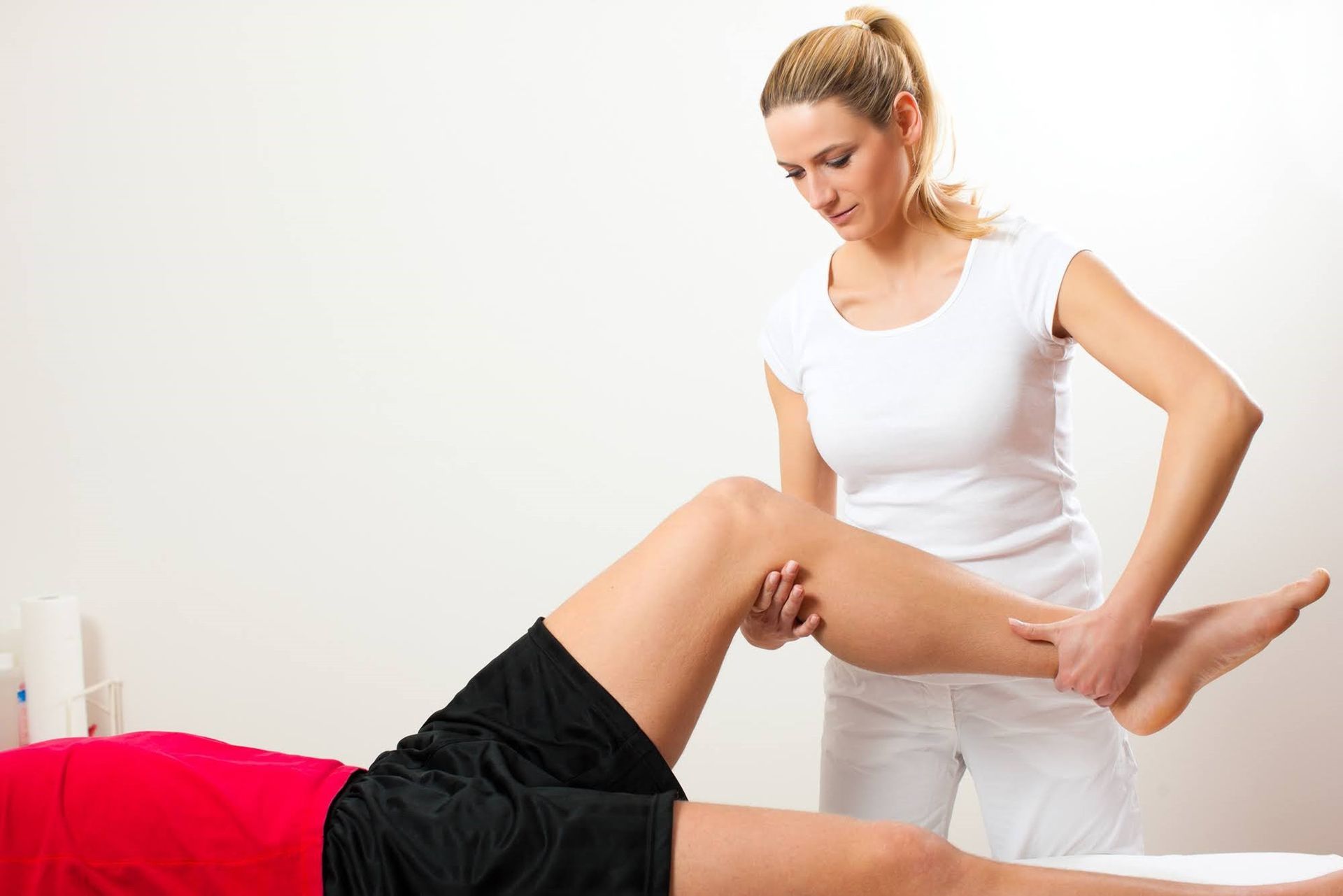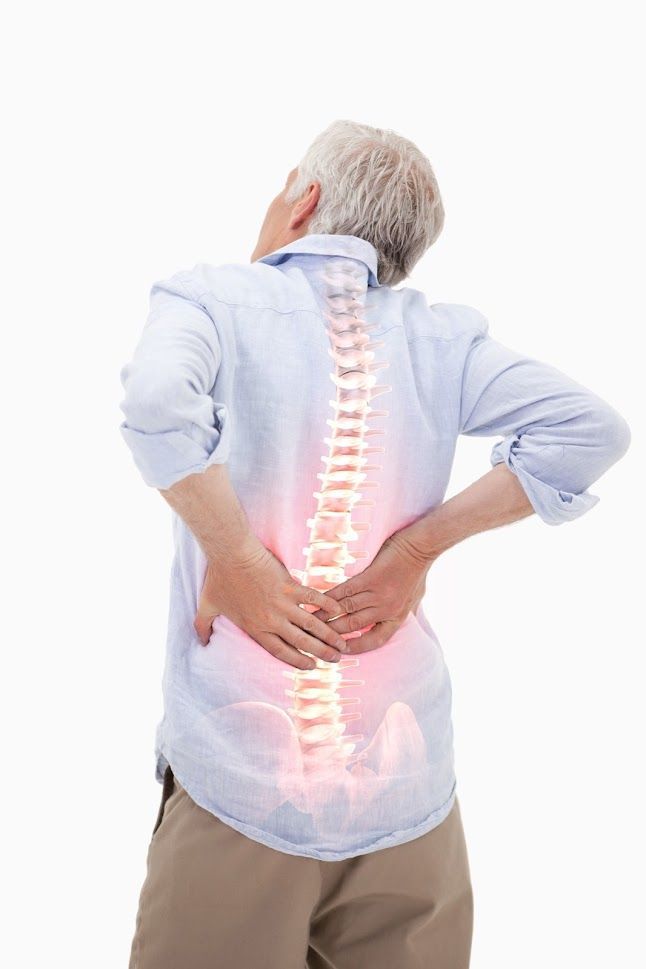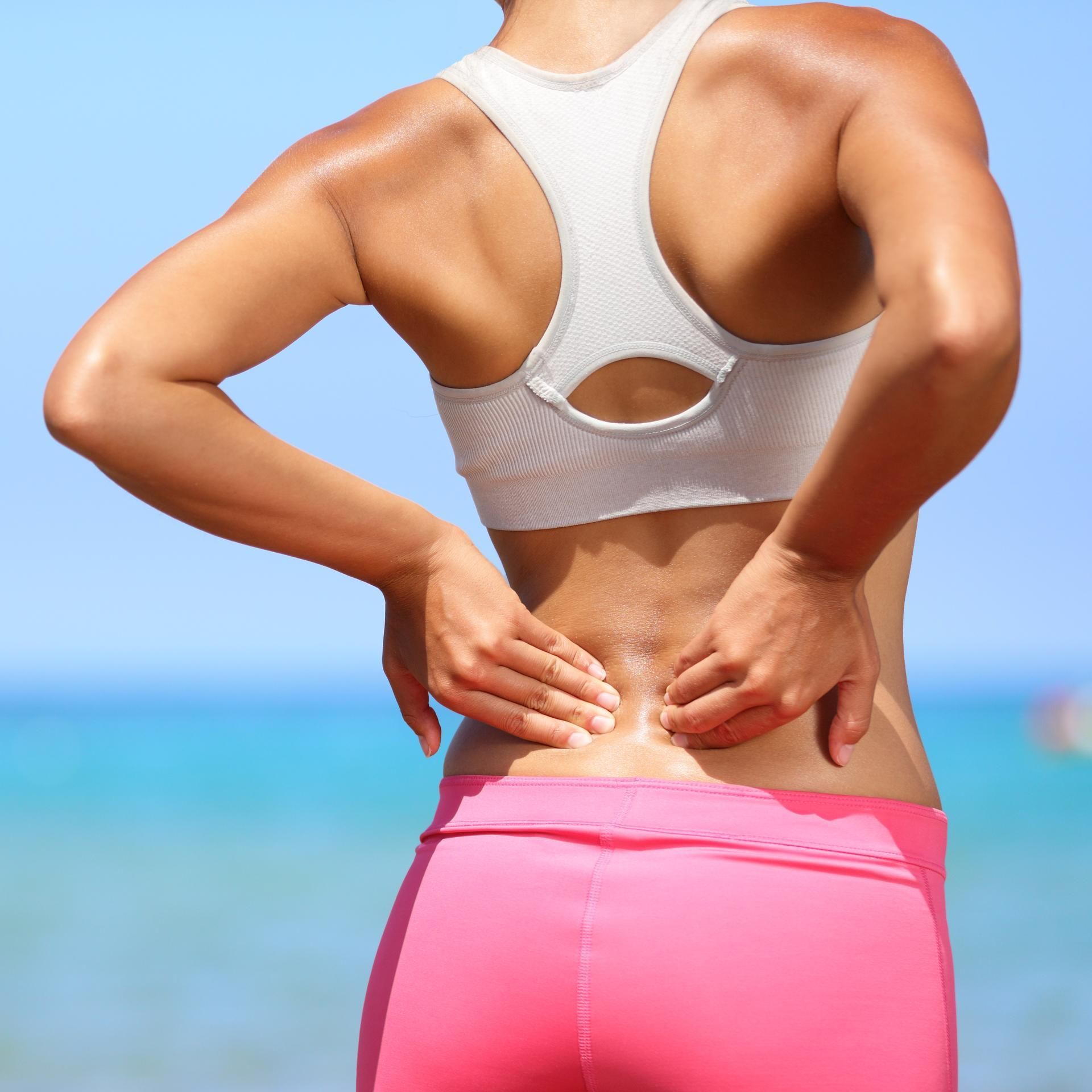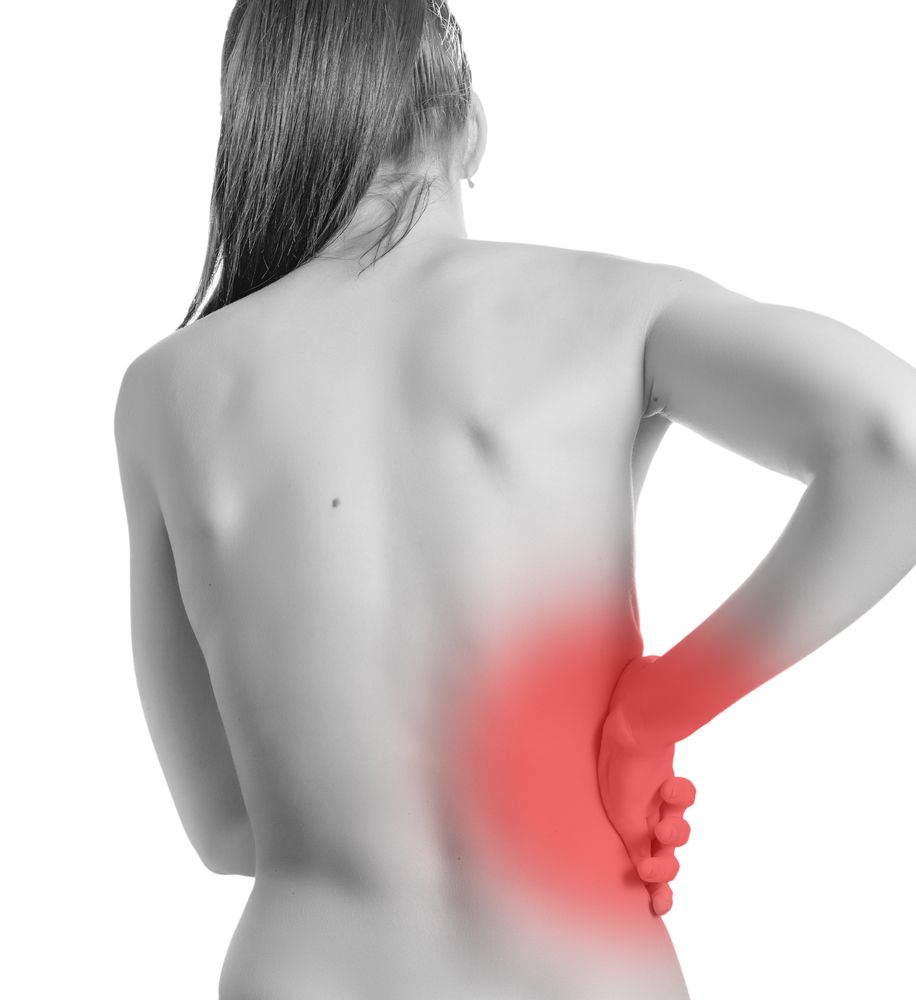Tennis Elbow : A Q&A
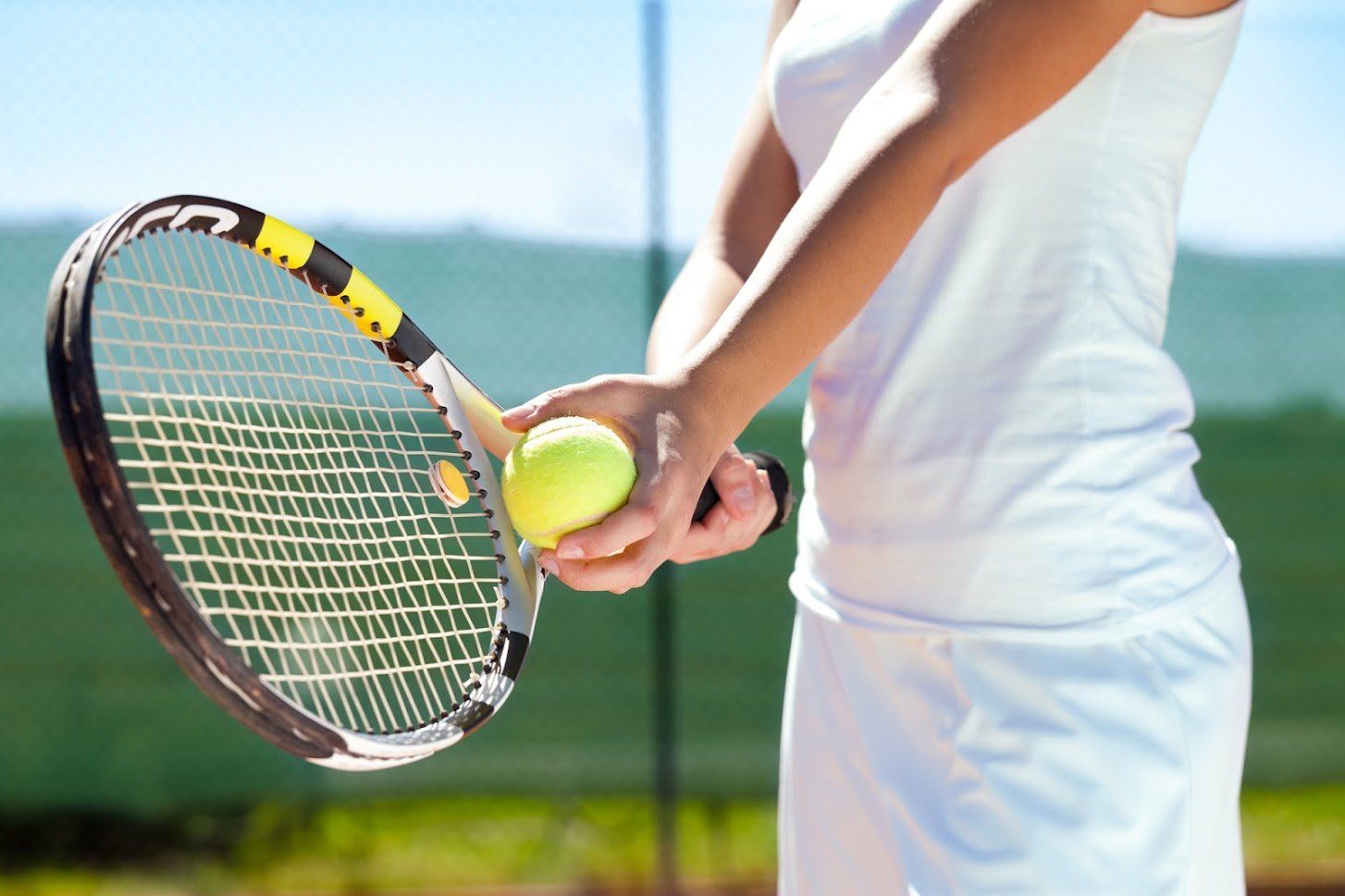
If you play tennis regularly, you know that even the slightest physical limitation or infirmity can affect your game drastically. However, even if you've never picked up a tennis racket in your life, you may still experience the forearm pain and stiffness known in the medical community as lateral epicondylitis, or tennis elbow.
Tennis elbow can impair your ability to perform your job, enjoy your favorite sports, or simply do routine daily tasks without debilitating pain. Fortunately, you can overcome this problem once you understand it better. Use the following questions and answers to put yourself on the right path toward recovery.
What Causes Tennis Elbow?
Tennis elbow involves inflammation of certain tendons that attach your outer forearm muscles to the outer part of your elbow at bony points called epicondyles. It commonly occurs as the result of chronic overuse of those tendons and muscles. It gets its nickname from the fact that tennis players often suffer from it.
This condition counts as a form of tendinitis, with strain producing tiny tears in these connective tissues. Normally, the body can repair this kind of damage given the right circumstances. However, if you keep doing damage more rapidly that your body can repair it, you can end up with chronic tendon inflammation.
You don't have to play tennis to experience tennis elbow. Any regular activity that requires gripping and lifting can lead to chronic strain in the forearm muscles and tendons. If you work with your hands, play a musical instrument, lift weights, or play any sport that involves gripping a handheld racket, you can develop tennis elbow.
How Do You Recognize Tennis Elbow?
Tennis elbow symptoms may produce the most pain at the elbow joint, but the discomfort can also radiate to other parts of the affected arm. Certain motions such as making a fist, shaking hands, gripping door knobs or other everyday objects, and even simply bending or straightening your elbow can trigger tennis elbow pain.
Don't confuse tennis elbow with another form of tendinitis called medial epicondylitis, or golfer's elbow. The latter problem affects the tendons that attach to the inside surfaces of the elbow, not the outside. Even so, you can experience both tennis elbow and golfer's elbow simultaneously if you overuse both sets of tendons.
What Non-Surgical Treatment Options Can Help Tennis Elbow?
A variety of non-surgical treatment methods can resolve most cases of tennis elbow. To address acute pain and inflammation, you may need to take over-the-counter medications, apply ice at regular intervals, and avoid any activities that might worsen the problem. More severe pain might call for steroid injections.
Physical therapy exercises can play a crucial role in tennis elbow rehabilitation once the acute symptoms recede. Your physical therapist may recommend simple, safe exercises such as wrist turns (with or without hand weights), wrist lifts, wrist extensor stretches or flexes, elbow bends, and towel twists.
Your physical therapist may also prescribe other kinds of supportive, non-invasive treatment to help you recover from tennis elbow more thoroughly. Options include an elbow brace, wrist splint, athletic tape, and exercises to correct your sports technique (which may reduce unnecessary strain on your elbow).
What Can You Do to Keep Tennis Elbow at Bay?
Preventative measures can help you avoid future bouts of tennis elbow. Ask your physical therapist to recommend stretches and warm-up exercises that you can perform before and after vigorous activity. Don't wait until your elbow hurts to apply ice; instead, get into the habit of icing your elbow after any stressful exercise.
Whether you suffer from tennis elbow or some other inflammatory problem in this sensitive, often overused joint, schedule an appointment at Advanced Physical Therapy. We can diagnose your elbow issue and recommend a physical therapy program to help you restore your elbow function and comfort.

